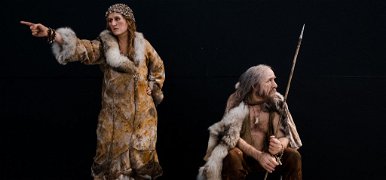Neanderthals are our ancestors, and they are not as different from us as we think. Little is known about women's early lives, but we do have some information about adulthood. Scientists have discovered a mutation in Neanderthal DNA that caused prehistoric women to start menstruating early. This suggests that they reached sexual maturity earlier than Neanderthal women. They may have obtained a mate earlier, although we have no information about how long ago the mate was chosen. According to one study, a woman can move from her community to her partner, but we do not know if she can decide to do so of her own free will.
The researchers analyzed the genes of 13 Neanderthals to find out how their society was organized. Women's DNA showed greater diversity than Y-chromosome DNA, suggesting that women migrated between societies. Many Neanderthal women bore children, even half as many children as Homo sapiens. Childbirth may have been as difficult as it is today.
Based on a hypothetical reconstruction of a Neanderthal pelvis, the birth canal was different from that of modern humans. It did not curl and was wider on the side. This suggests that the babies may not have been rotating in the womb, but this does not mean that birth was easier. Neanderthal babies may have had larger heads, which made birth more difficult. Fortunately, they may have received midwife-like help. According to a 2019 study, Neanderthals had hygiene practices that may have extended to midwifery.

The ancients were already able to make a comfortable bed 200 thousand years ago
Read more…
Read more…
Evidence suggests that women's roles were not different from men's roles. Injuries indicating hunting were found in the remains of both sexes. Tooth wear indicates that both sexes used their teeth as hands. The division of tasks did not change with fatherhood either. There is no reason to believe that prehistoric women stopped hunting because of pregnancy, breastfeeding, or raising children. Archaeological findings do not indicate a strict division of labor between the sexes. Without a time machine, it is difficult to know exactly what life was like for Neanderthal women. Based on the scant evidence, it paints a picture that has many differences and some similarities to women's lives today.
source: If science












































